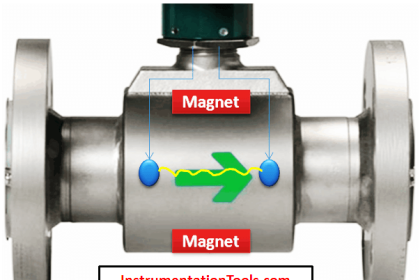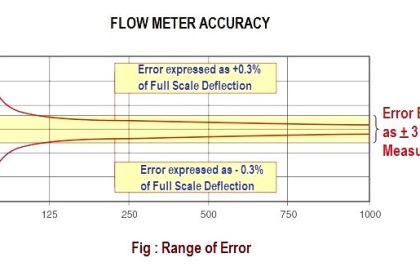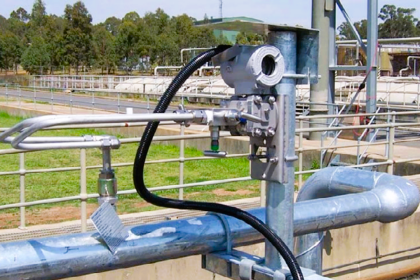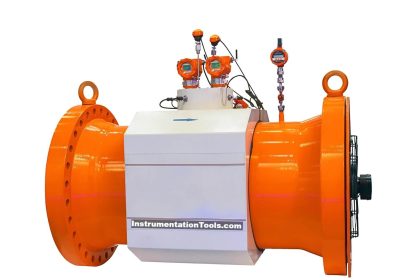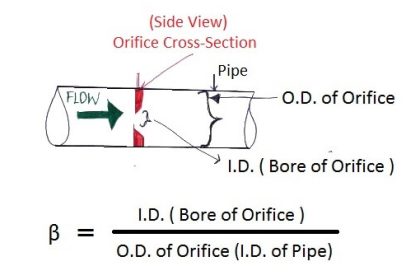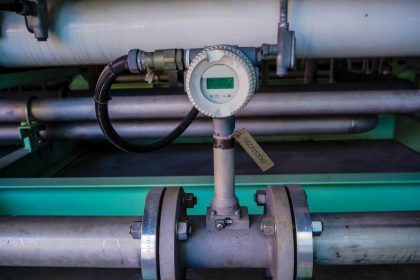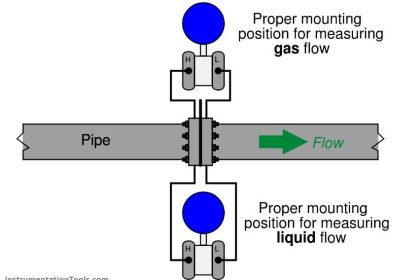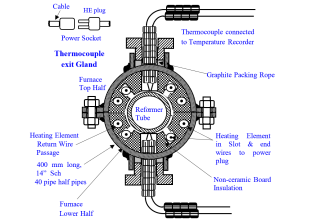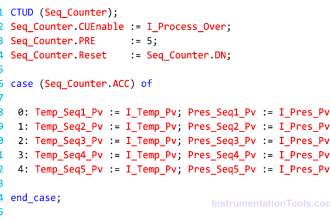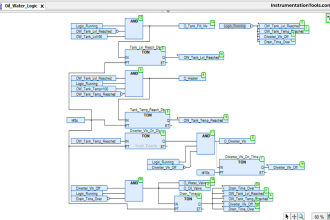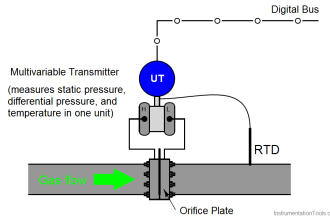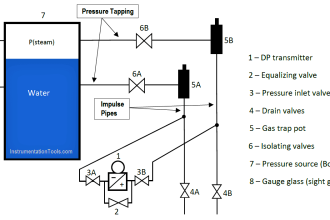In comparing the venturi meter with the orifice meter, both the cost of installation and the cost of operation must be considered.
The orifice plate can easily be changed to accommodate widely different flow rates, whereas the throat diameter of a venturi is fixed, so that its range of flow rates is circumscribed by the practical limits of Dp.
Compare Venturi and Orifice
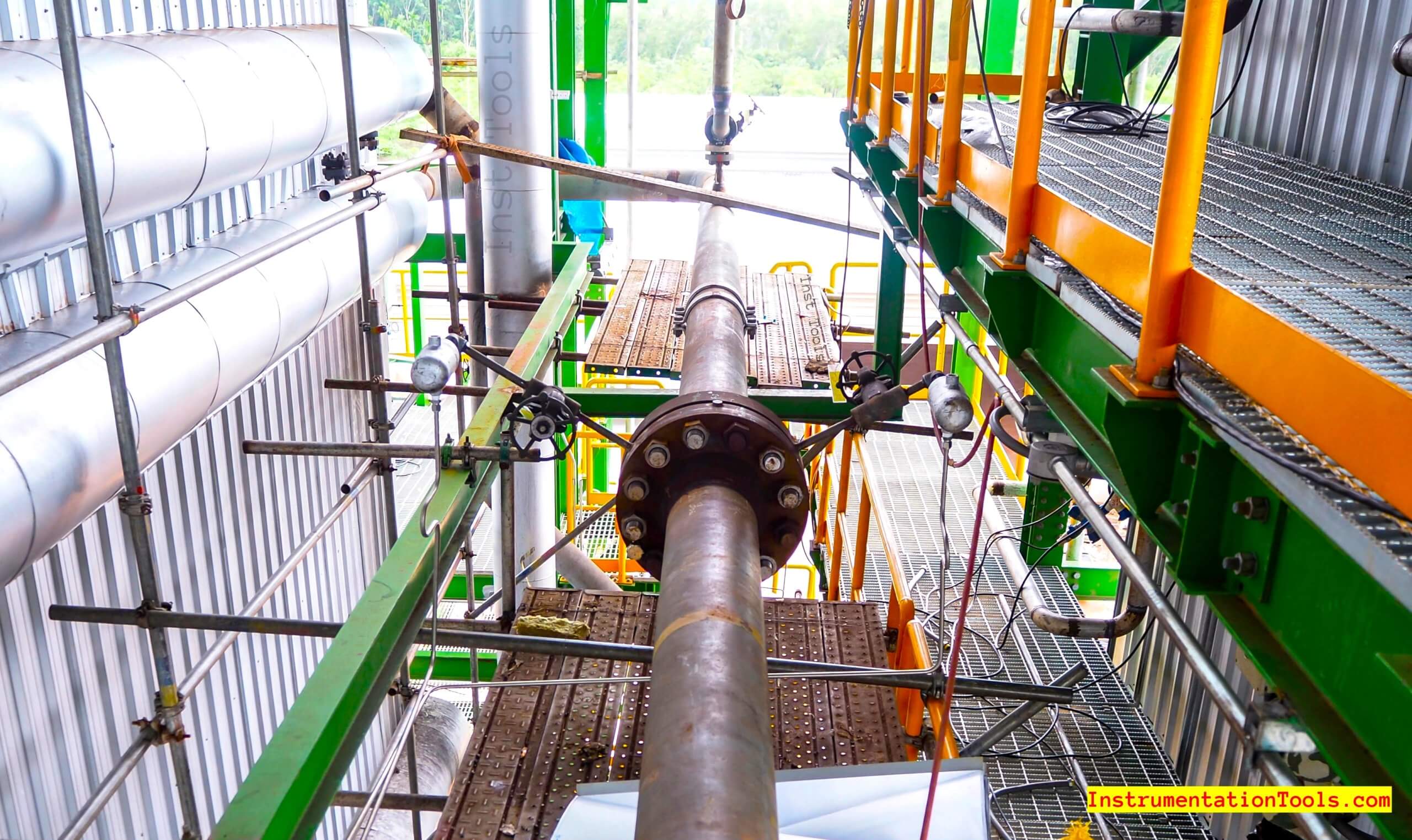
The orifice meter has a large permanent loss of pressure because of the presence of eddies on the downstream side of the orifice-plate; the shape of the venturi meter prevents the formation of these eddies and greatly reduces the permanent loss.
The orifice is cheap and easy to install. The venturi meter is expensive, as it must be carefully proportioned and fabricated. A home made orifice is often entirely satisfactory, whereas a venturi meter is practically always purchased from an instrument dealer.
On the other hand, the head lost in the orifice for the same conditions as in the venturi is many times greater. The power lost is proportionally greater, and, when an orifice is inserted in a line carrying fluid continuously over long periods of time, the cost of the power may be out of all proportion to the saving in first cost. Orifices are therefore best used for testing purposes or other cases where the power lost is not a factor, as in steam lines.
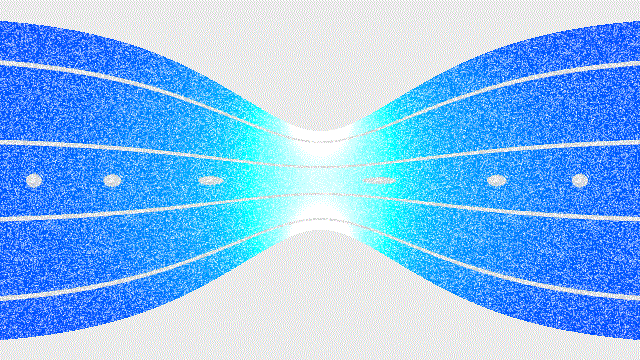
However, in spite of considerations of power loss, orifices are widely used, partly because of their greater flexibility, because installing a new orifice plate with a different opening is a simpler matter. The venturi meter can not be so altered. Venturi meters are used only for permanent installations.
It should be noted that for a given pipe diameter and a given diameter of orifice opening or venturi throat, the reading of the venturi meter for a given velocity is to the reading of the orifice as (0.61/0.98)2, or 1:2.58. (i.e. orifice meter will show a higher manometer reading for a given velocity than the venturi meter).
If you liked this article, then please subscribe to our YouTube Channel for Instrumentation, Electrical, PLC, and SCADA video tutorials.
You can also follow us on Facebook and Twitter to receive daily updates.
Read Next:
- Coriolis Mass Flow meter
- Orifice Flow Meter Compensation
- Basics of Flow measurement
- Different Types of Flow Sensors
- Dall Tube Flow Meter Theory

